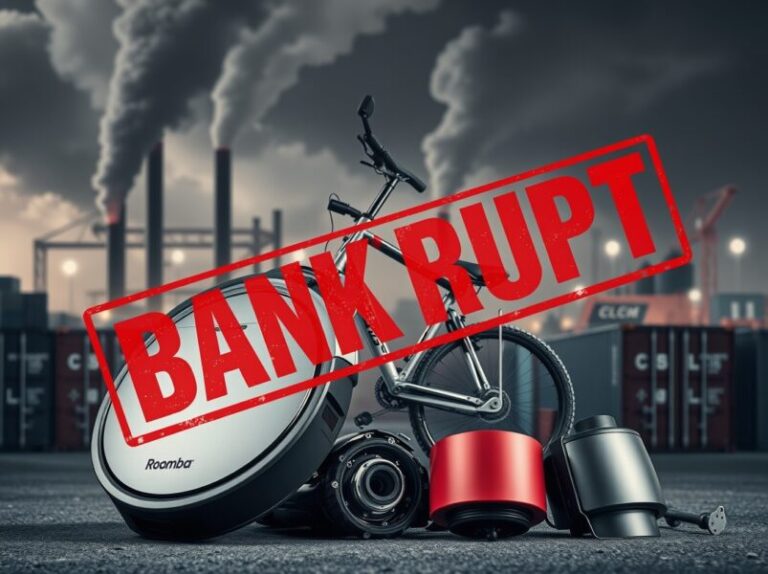The cryptocurrency market is once again under pressure—and this time, the signals are mixed. Volatility is spiking, investor sentiment is slipping, and prices are retracting from recent highs. Bitcoin has dipped below $77,000 after touching an all-time high of $85,000 just weeks ago. Ethereum is facing stiff headwinds despite the Dencun upgrade, and altcoins are bleeding value across the board.
So what’s going on? Is this just a healthy correction in a prolonged bull market, or are we witnessing the onset of a deeper crisis in the digital asset space?
In this article, we tap into what leading analysts, traders, and economists are saying about the current crypto downturn—decoding market signals, macro influences, and on-chain data to answer the pressing question: Crisis or correction?
The Price Action: Rapid Retracement or Red Flag?
Market corrections are common in the crypto space—often swift, severe, and sentiment-driven. But the recent sell-off has raised eyebrows due to its timing and scope.
Key Observations:
- Bitcoin is down 10% from recent highs, with increased outflows from ETFs.
- Ethereum has fallen below $4,000, losing 15% in two weeks despite strong Layer 2 activity.
- Major altcoins like Solana, Avalanche, and Polkadot have dropped 20–30%.
📉 “This is not a bear market yet, but it’s a significant pullback,” says Elena Zhou, lead strategist at HashMetrics. “Retail is scared, and institutions are cautious—classic symptoms of a market correction, not a collapse.”
The Macro Backdrop: A Perfect Storm
The current crypto downturn isn’t happening in isolation. It’s unfolding against a complex macroeconomic backdrop that includes:
- Renewed inflation concerns in the U.S. and Europe, triggering hawkish sentiment from central banks.
- Interest rate hike speculation, with the Federal Reserve signaling delays in cuts.
- Geopolitical instability, especially rising tensions in the South China Sea and Middle East.
- A strengthening dollar, which historically correlates with declining risk asset valuations.
These headwinds are prompting traditional investors to reduce exposure to high-volatility assets like crypto—at least temporarily.
🧠 “When the macro tide turns, crypto tends to feel it first and hardest,” notes Carlos Nguyen, macroeconomist at MetaAlpha Research. “But this also resets the market for stronger hands.”
On-Chain Metrics Tell a Different Story
Despite falling prices, blockchain data paints a more nuanced picture—suggesting long-term holders and core network health remain resilient.
Key On-Chain Signals:
- Bitcoin HODLers remain strong: 65% of BTC supply hasn’t moved in over 6 months.
- Ethereum staking continues to rise, with over 32 million ETH locked—nearly 27% of the circulating supply.
- Exchange reserves are decreasing, indicating that users are moving funds to cold storage rather than preparing to sell.
🔍 “Corrections wash out leverage and weak hands. What we’re seeing now is more like re-accumulation than panic,” explains Maya Bertram, data analyst at GlassSignal.
Liquidations & Leverage: The Real Culprit?
One of the most immediate triggers for sharp sell-offs in crypto is the cascade of leveraged liquidations—and this time is no different.
Over $1.2 billion in long positions were liquidated across exchanges in the past 72 hours, particularly on platforms like Binance, Bybit, and OKX. The unwinding of over-leveraged trades causes downward spirals, often unrelated to fundamental news.
⚠️ “This wasn’t a crisis of confidence—it was a leverage flush,” says Noah Penn, options trader at DeltaVest. “And it had to happen. Froth was building too fast.”
Sentiment: Fear Creeps In, But Not Collapse
Crypto Fear & Greed Index, a barometer of investor sentiment, has dropped from “Extreme Greed” to “Neutral” in a matter of days. Social media activity has shifted from euphoric price predictions to caution and doubt.
However, analysts argue this kind of sentiment reversal is healthy—and often necessary—for a sustainable bull cycle.
🤔 “Markets don’t go up in a straight line. This dip is emotional, not existential,” explains Jane Holloway, editor at ChainFocus Weekly. “Once FOMO turns to fear, opportunity is near.”
Regulatory Pressure: A Growing Influence
One undercurrent behind the recent dip is growing regulatory scrutiny worldwide. Just in the last month:
- The U.S. SEC sent subpoenas to several DeFi protocols related to AML compliance.
- The UK FCA issued new guidelines for crypto advertising and staking.
- South Korea launched tax investigations into centralized exchanges.
These developments add a layer of uncertainty that can make investors skittish—even if no direct impact on asset fundamentals exists.
Still, some see this as a necessary evolution.
⚖️ “We’re moving into a post-hype regulatory phase, which can ultimately legitimize the space,” says Arjun Menon, legal advisor at CryptoPolicy Watch.
Is This 2022 Again? Analysts Say No.
Some skeptics worry that this could be a repeat of the 2022 crash, where over-leveraged platforms and fake liquidity led to a full-blown meltdown. But the context today is vastly different.
What’s changed since 2022:
- Major players like FTX, Celsius, and 3AC are gone.
- Regulatory frameworks are clearer in key jurisdictions.
- Ethereum is more mature, with scaling and staking fully live.
- Institutional adoption has grown significantly via spot ETFs and RWA platforms.
🔐 “This is not 2022. The market is leaner, smarter, and better capitalized,” argues Leo Bancroft, partner at VaultBridge Capital. “What we’re seeing is part of a healthy maturation process.”
What Comes Next? Three Scenarios
1. Short-Term Correction
The dip continues for a few more weeks, driven by macro fears and market cooling, before stabilizing and resuming upward momentum.
2. Prolonged Consolidation
The market enters a sideways phase, digesting gains and reestablishing key support levels before another major move.
3. Bearish Breakdown
Macro risks escalate, regulatory fears grow, and liquidity dries up—triggering a deeper downtrend. Currently viewed as the least likely scenario by most analysts.
📊 “We’re betting on a stair-step market—not a cliff,” says Rachel Imani, strategist at TokenMetrics Global.
Final Word: Crisis? No. Correction? Likely. Opportunity? Absolutely.
In fast-moving markets like crypto, volatility is inevitable. But not all dips are disasters. The current pullback, while sharp, appears to be part of a broader recalibration—a chance to reset leverage, refresh sentiment, and prepare for the next leg up.
So is crypto in crisis? The data, sentiment, and expert consensus point to no. A correction is more likely—and with it, a potential opportunity for those who remain informed and ready.
Donna M. Houseman is a blockchain strategist and senior writer with a sharp eye for dissecting crypto regulations and digital finance trends. With over a decade of experience in financial journalism, Donna bridges the gap between institutional finance and decentralized technology. When she’s not breaking down complex protocols, she enjoys collecting rare NFTs and hosting Twitter Spaces with DeFi innovators.










